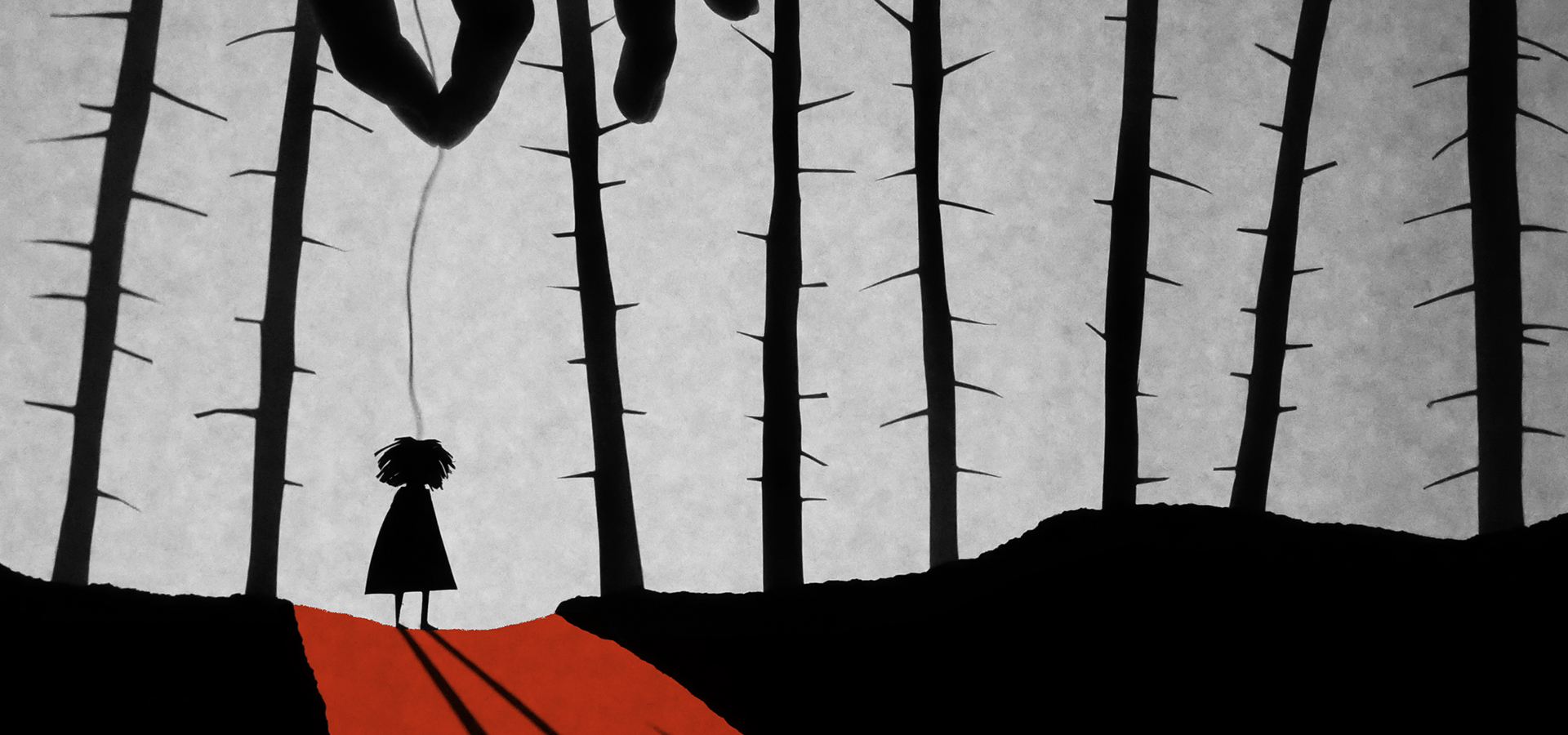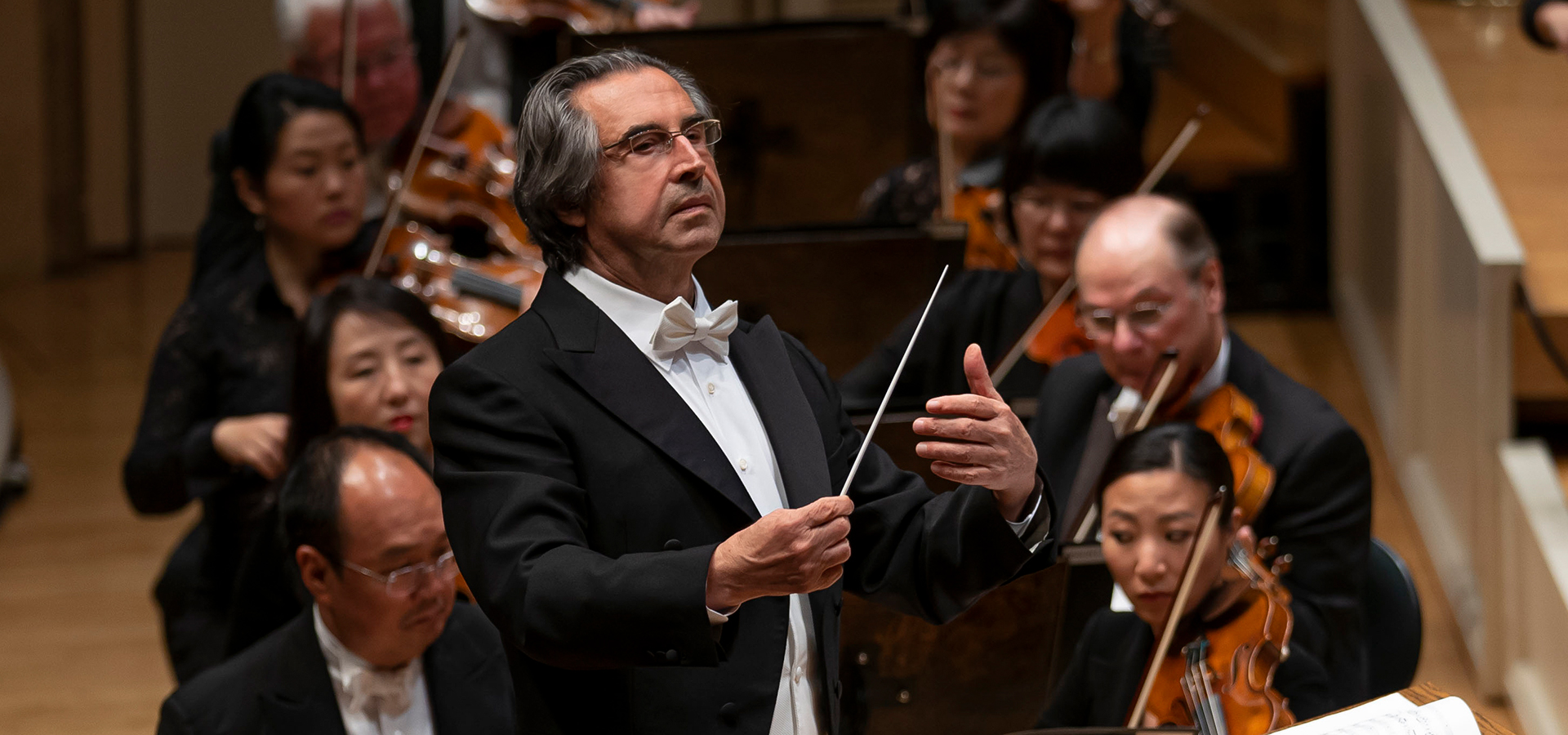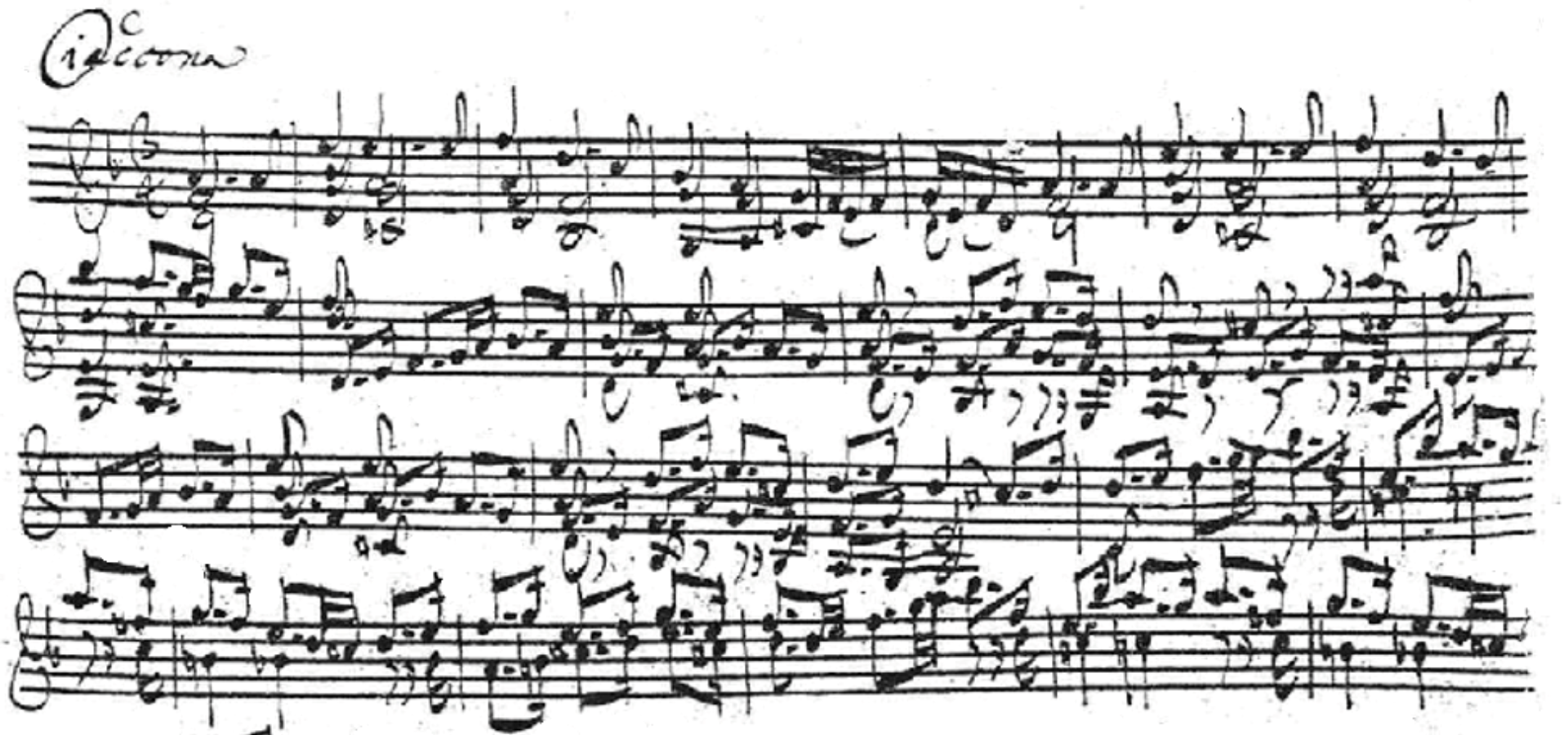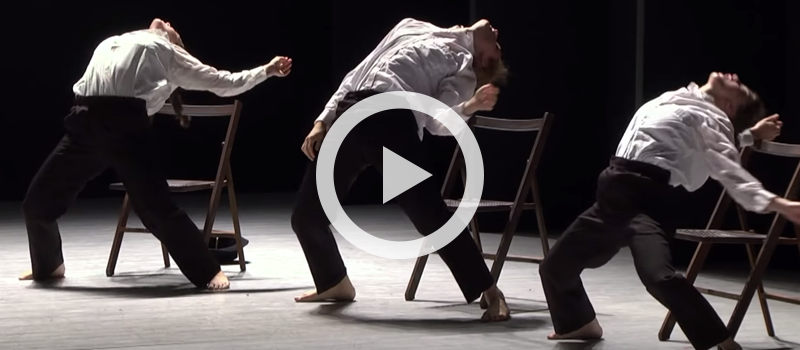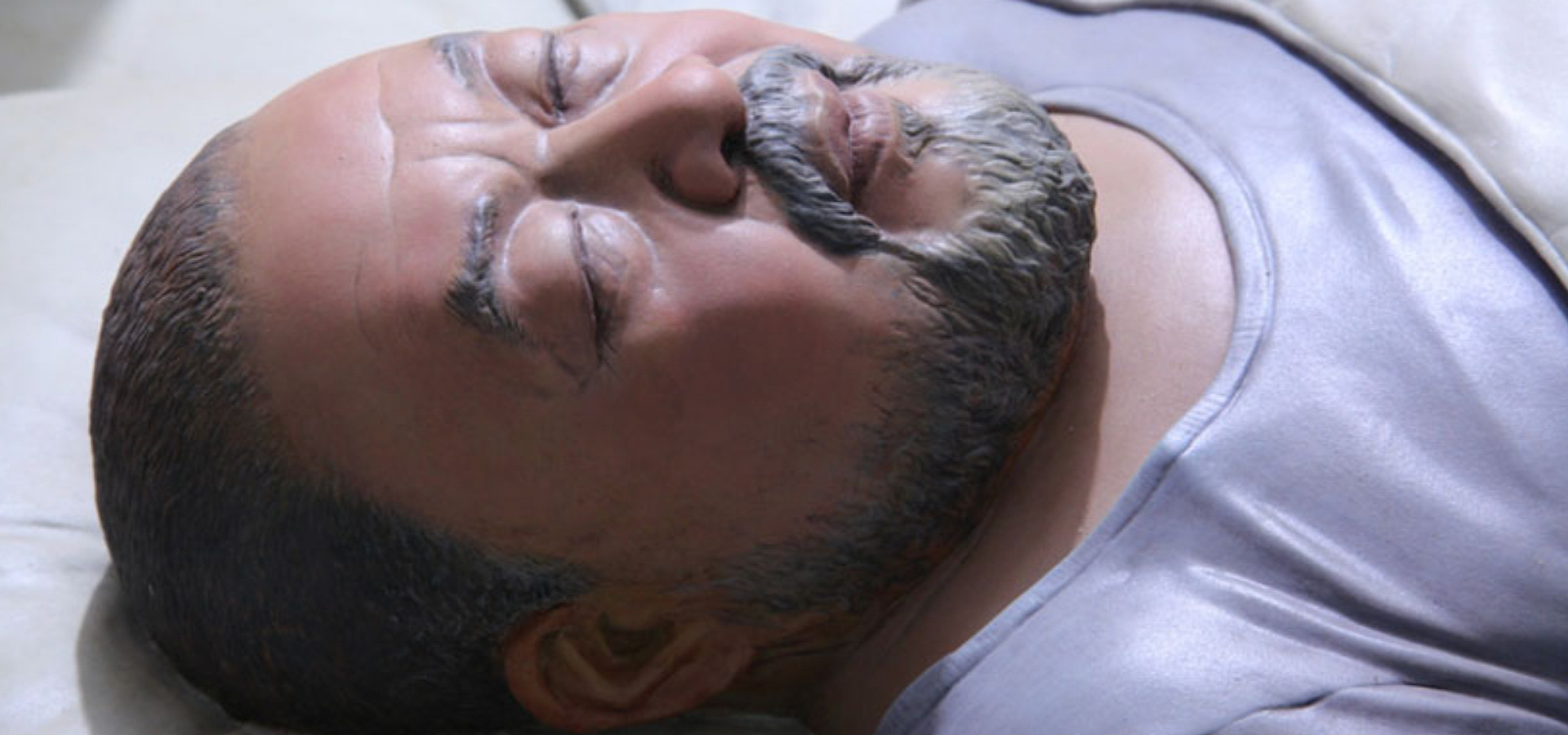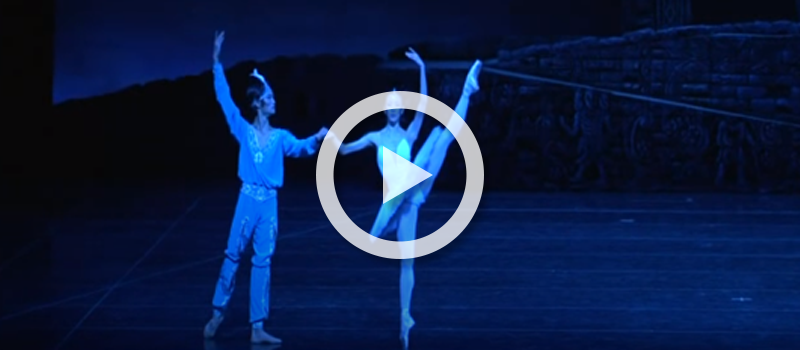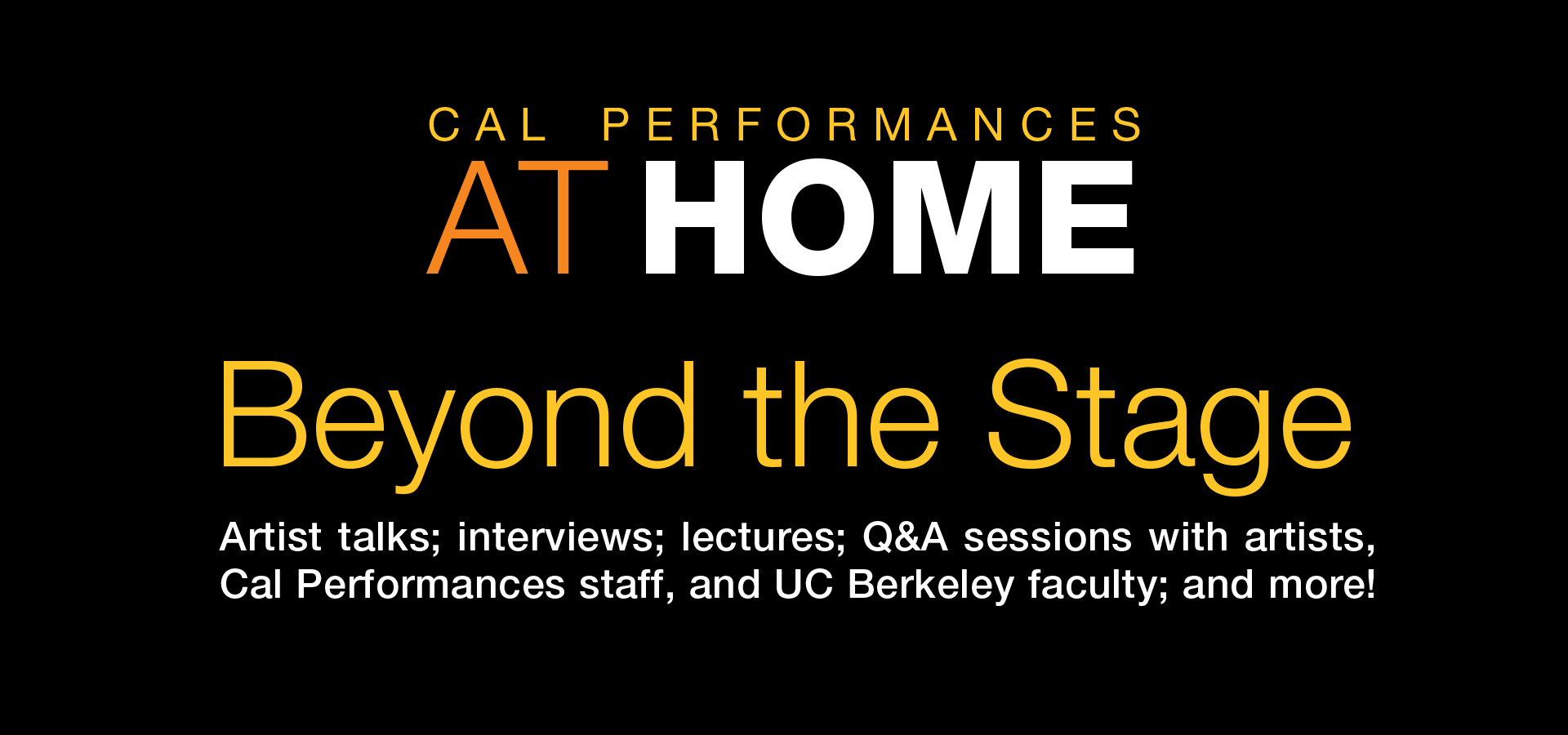
Cal Performances at Home is much more than a series of great streamed performances. Fascinating behind-the-scenes artist interviews. Informative and entertaining public forums. The Cal Performances Reading Room, featuring books with interesting connections to our Fall 2020 programs. For all this and much more, keep checking this page for frequent updates and to journey far, far Beyond the Stage!
Major support for Beyond the Stage is provided by Bank of America.
Beyond the Stage
Artist Conversation with Jazzmeia Horn: 2020/21 Season
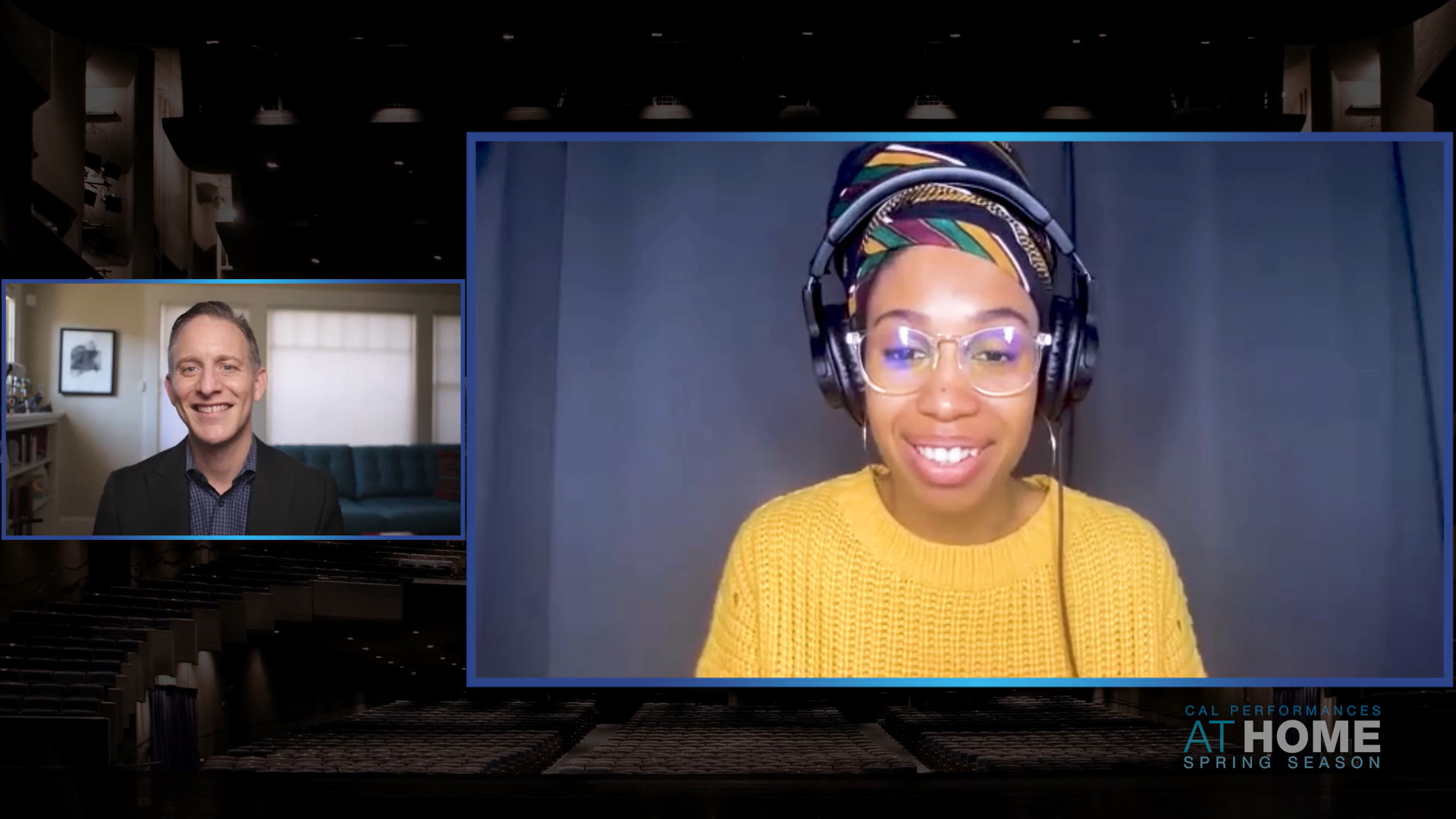
A Conversation with Cal Performances Executive and Artistic Director Jeremy Geffen
Jazz vocalist Jazzmeia Horn and Cal Performances Executive and Artistic Director Jeremy Geffen discuss how her name came about, what drew her to scat singing, her strategy of including both standards and original compositions on her albums and why she started composing her own music, how she approaches her career as the CEO of a female-owned business and brand, and so much more in this Beyond the Stage artist talk.
This artist conversation video was recorded in conjunction with the Jazzmeia Horn performance, part of the 2020/21 Cal Performances at Home Spring Season. And join us for Jazzmeia Horn’s Dec 10, 2021 in-person concert in Zellerbach Playhouse.
Related Posts
Artist Conversation with Jeremy Denk: 2020/21 Season

A Conversation with Cal Performances Executive and Artistic Director Jeremy Geffen
Listen in on a casual conversation between the two Jeremys (Denk and Geffen, Cal Performances Executive and Artistic Director) as they discuss Bach, The Well-Tempered Clavier, performing it without music in one sitting for the first time, music education, and more in this Beyond the Stage artist talk.
This artist conversation video was recorded in conjunction with the Jeremy Denk, piano performance, part of the Cal Performances at Home Spring Season.
Related Posts
Issue 59 (April 8)
In the spirit of solidarity in condemning hate crimes aimed at Asians and Asian Americans, this issue hopes to draw attention to a deep well of artistic accomplishment—the boundless contributions to world culture by performers and creators of Asian descent.
Artist Conversation with Christine Goerke: 2020/21 Season
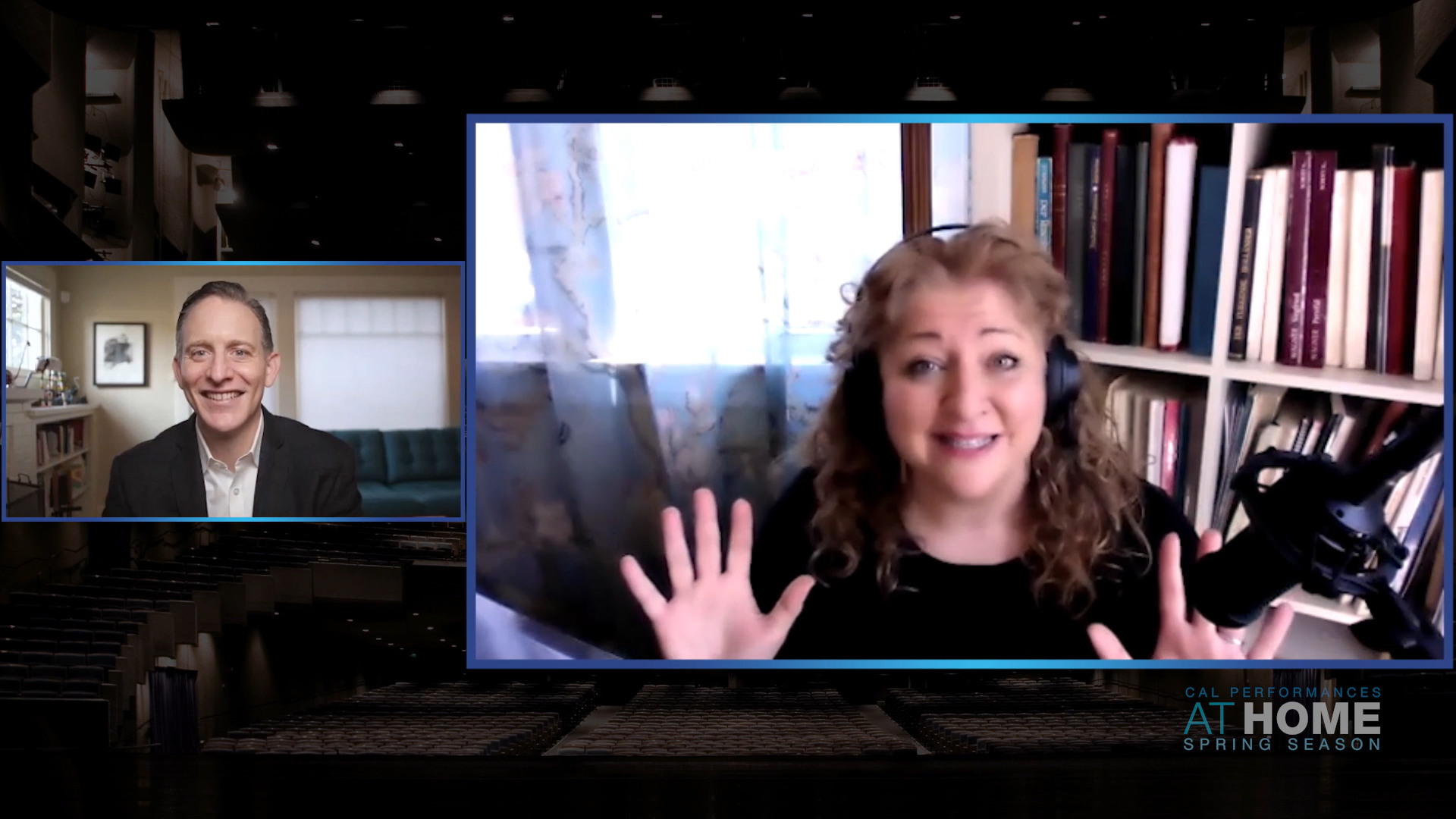
A Conversation with Cal Performances Executive and Artistic Director Jeremy Geffen
Listen in as soprano Christine Goerke and Cal Performances Executive and Artistic Director Jeremy Geffen discuss how fun it was to choose a recital program over playing more dramatic operatic figures, her relationship and future with Italian repertoire, how she had to pivot in her career, what effect the pandemic has had on her personally and professionally, the silver lining of the last year, and more in this laughter-filled Beyond the Stage artist talk.
This artist conversation video was recorded in conjunction with the Christine Goerke, soprano; Craig Terry, piano performance, part of the Cal Performances at Home Spring Season.
Related Posts
A Clear and Present Danger: The Wild West of the Web, the First Amendment, and Saving the News
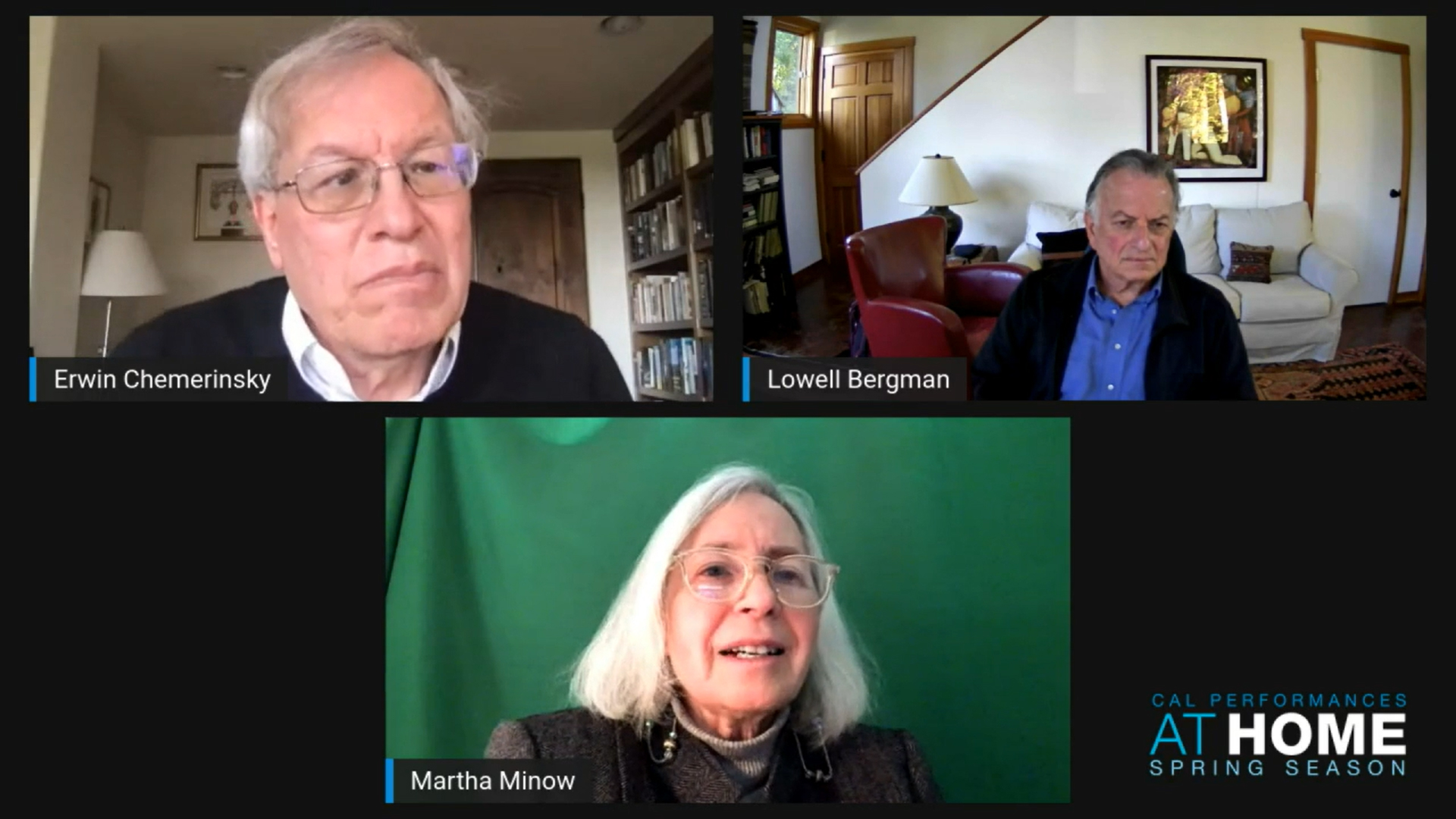
A Clear and Present Danger: The Wild West of the Web, the First Amendment, and Saving the News
Illuminations “Fact or Fiction” Talk
Today, the platforms that dominate the internet have the power to determine whose voice is heard. Facebook, Google, and a handful of other social media platforms enjoy huge profits from content that they do not pay for. As Internet platforms draw attention, profit from ads and uncompensated posts, the news industry—the public’s primary generator of reliable information— has experienced decades of decline and hundreds of local communities have no coverage of local politics, health, police, or corruption. The Constitution mentions and protects only one private industry: the press—and at this moment, local, regional and even national news media are on the ropes or dying.
In her book, Saving the News, Prof. Martha Minow of Harvard Law School addresses this ongoing crisis and argues for the necessity of vigorous government regulation, along with innovative policies designed to rescue news we can trust from extinction. For this special online event, Minow was joined by Dean of Berkeley Law Erwin Chemerinsky—a renowned legal scholar who has argued First Amendment cases before the US Supreme Court—for a conversation exploring what role—if any—government regulation and action can, and should, play in taming the forces that now threaten the very existence of a free press and our democracy. Veteran reporter/producer and Berkeley emeritus professor Lowell Bergman moderated the discussion, adding his own perspective on the history of the regulation of electronic media.
A Clear and Present Danger was presented as part of Cal Performances’ 2020/21 Illuminations: Fact or Fiction programming, which examines what happens when alteration of the truth—even the deliberate dissemination of disinformation—begins to affect our ability to tell fact from fiction, and how this challenge is impacting today’s world.
Martha Minow is the 300th Anniversary University Professor at Harvard University, where she has taught at Harvard Law School since 1981 and served as dean from 2009–17. Her courses include advanced constitutional law; fairness and privacy; family law; international criminal justice; law and education; and law, justice, and design. An expert in human rights, constitutional law, and advocacy for members of racial and religious minorities and for women, children, and persons with disabilities, Minow also writes and teaches about media policy, privatization, technology and ethics, military justice, and ethnic and religious conflict.
Martha Minow’s book, Saving the News, will be released on June 3, 2021, and is available for pre-order. Cal Performances patrons can enjoy 30% off with discount code ALAUTHC4.
Erwin Chemerinsky is the Dean and Jesse H. Choper Distinguished Professor of Law at Berkeley Law. Prior to assuming this position, he was the founding dean of the School of Law at the University of California, Irvine, and a professor at Duke Law School, the University of Southern California Law School, and DePaul Law School. He is the author of 12 books and over 200 law review articles. Chemerinsky frequently argues appellate cases, including in the US Supreme Court. In January 2021, he was named President-elect of the Association of American Law Schools.
Lowell Bergman is the Emeritus Reva and David Logan Distinguished Chair in Investigative Reporting at the UC Berkeley Graduate School of Journalism. Bergman lectured for 28 years and in 2005 founded the Investigative Reporting Program at the Graduate School of Journalism. A veteran producer/reporter at ABC, CBS, and PBS for programs ranging from 20/20 to 60 Minutes and Frontline, he joined the New York Times in 1999. There he forged an alliance between the newspaper and PBS’ Frontline, pioneering and producing stories simultaneously on multiple platforms. In 2004, one of those projects, “A Dangerous Business,” received numerous national broadcast awards from The Dupont to Emmys, as well as the Pulitzer Prize for Public Service. Bergman’s struggle with CBS and 60 Minutes over a story about the tobacco industry became a major motion picture, The Insider (1999), starring Al Pacino (as Bergman), Russell Crowe, and Christopher Plummer.
This event was produced in partnership with the UC Berkeley Institute of International Studies and was co-sponsored by Berkeley Law, the Center for the Study of Security in Politics, the UC Berkeley Emeriti Association, the Goldman School of Public Policy, the Institute of Governmental Studies, Investigative Studios, and the Jonathan Logan Family Foundation.
This talk was free and open to the public, and featured a Q&A session with the panel.







Related Posts
Issue 58 (March 25)
In the spirit of solidarity in condemning hate crimes aimed at Asians and Asian Americans, this issue hopes to draw attention to a deep well of artistic accomplishment—the boundless contributions to world culture by performers and creators of Asian descent.



